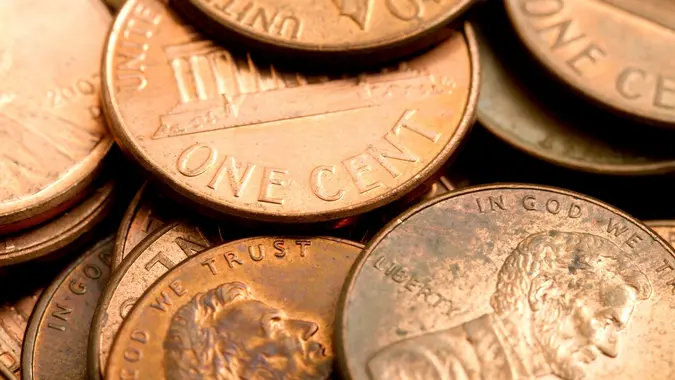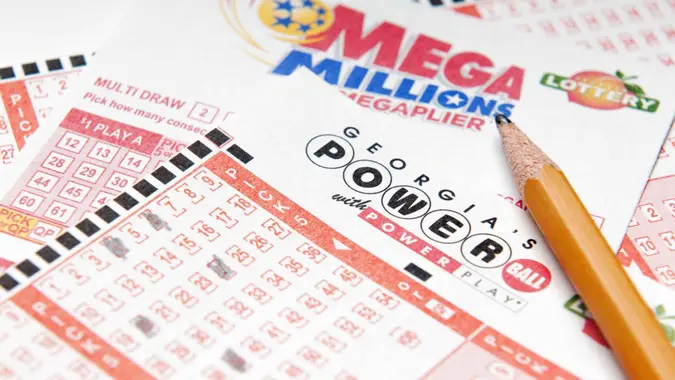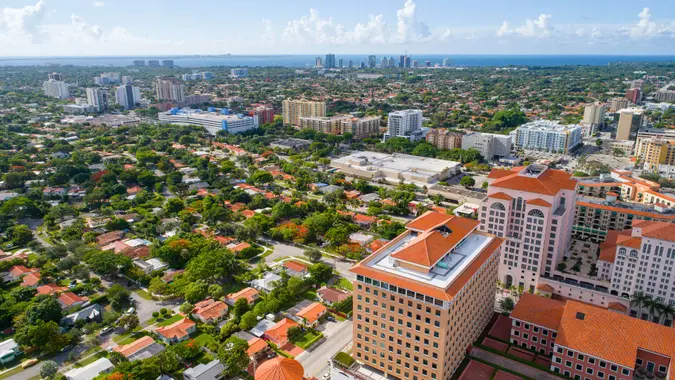Grant Cardone: Here’s Why the ‘Middle Class’ Is a Trap That You Need To Break Out Of

Commitment to Our Readers
GOBankingRates' editorial team is committed to bringing you unbiased reviews and information. We use data-driven methodologies to evaluate financial products and services - our reviews and ratings are not influenced by advertisers. You can read more about our editorial guidelines and our products and services review methodology.

20 Years
Helping You Live Richer

Reviewed
by Experts

Trusted by
Millions of Readers
The middle class has been shrinking. In 1971, 61% of American households were considered to be middle class, and that number has dropped to 50% three decades later, a Pew Research Center analysis found.
While the number of people living in the middle class has been shrinking, so has their purchasing power. The average income for middle-class households has risen 50% over the past 30 years, while the average income has risen 69% for upper-income households. This means that being middle class no longer promises the sense of financial security it once did.
“The creation of the middle class was based on factories and jobs. We don’t have that today,” Grant Cardone told GOBankingRates.
“This idea, it’s a hangover from the 1950s to the 1970s where if you had a house and a car, you were now in the middle class,” he continued. “You had a good job, got some savings, maybe you had a retirement account, you were in the middle class. Today, the middle class is the largest declining socioeconomic group. More people will be pushed into poverty this year than in the last decade.”
Why the Middle Class Is a Trap
Cardone believes that the goals that have typically been part of the middle-class American dream are now what’s keeping people poor.
“The very things that symbolize the middle class — cars, homes and college — are strangling, suffocating and dismissing the middle class as a wealth class,” he said.
Cardone said that for most members of the middle class, cars are no longer affordable and will push middle-income earners into debt.
“The average car payment is $770, insurance can be another $1,200 and that’s not even with fuel for the car,” he said.
Buying a single-family home is another trap, according to Cardone.
“It is a terrible, terrible investment,” he said. “It would be much smarter to pay $2,000 a month rent for the next 30 years. Why? Because you still have your down payment, you don’t have to pay insurance. You’re not stuck.”
Finally, getting a college education often is not a good use of time and money, Cardone said.
“Colleges are the single most inflated commodity in America today — nothing has kept up with the price increases of colleges,” Cardone said. “And they don’t produce a great product — they just give somebody another trap which is the job, which is earned income, which is taxes. College is a waste of four or five years, and then [many people] go into debt [because of it].”
 Written by
Written by  Edited by
Edited by 

























